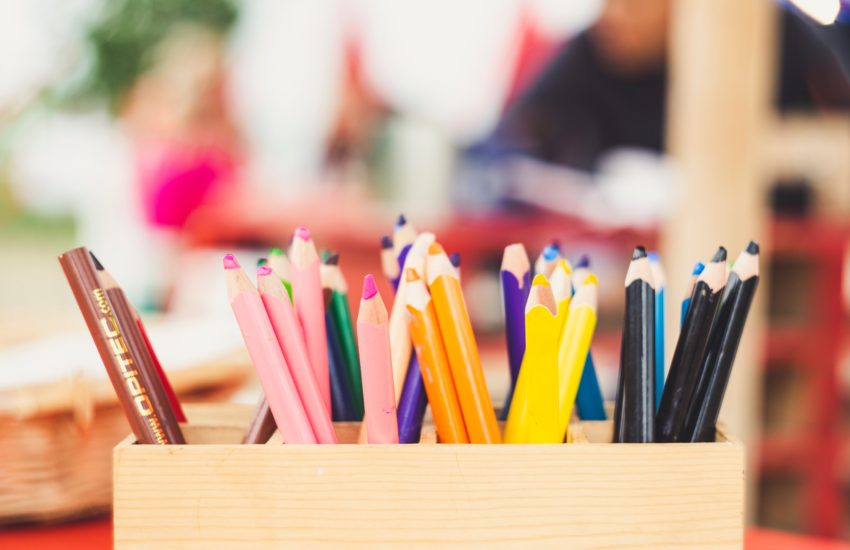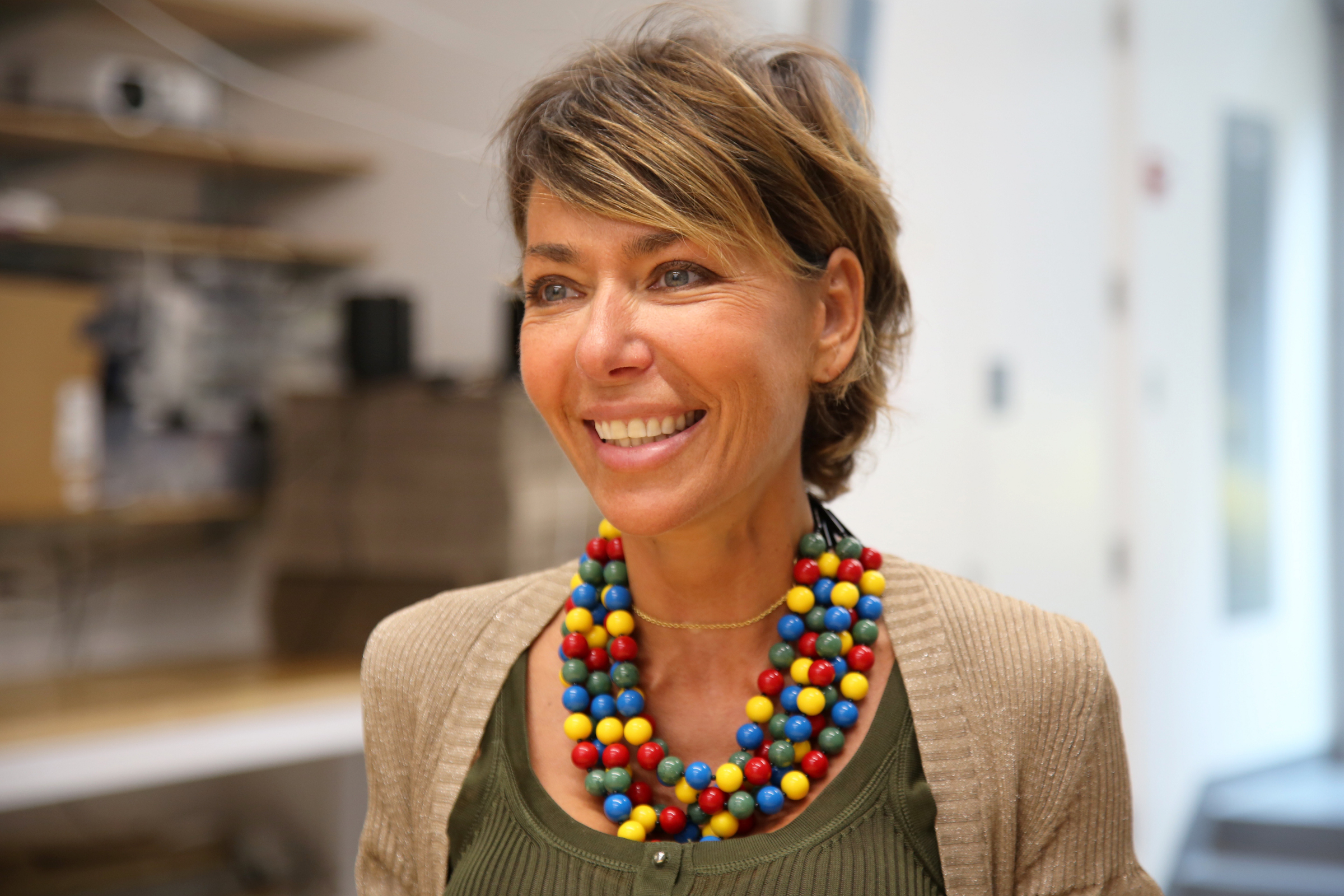“It is not our differences that divide us. It is our inability to recognize, accept and celebrate those differences,” said poet Audre Lorde. Her quote highlights the importance of teaching students from the youngest age about the importance of understanding and embracing our differences.
On Monday, December 19th, the Lycée Français de New York held its first annual Day of Understanding, a celebration dedicated to the many ways in which we identify ourselves. 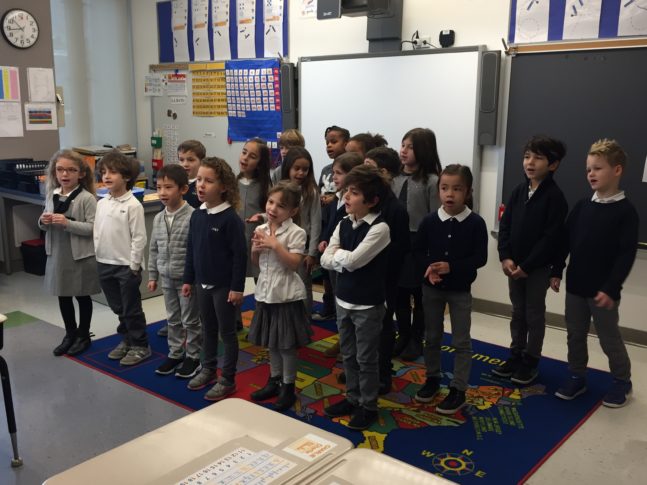 It was the culmination of months of activities across the Primary School, and we were excited to welcome our Primary families to the school that day to hear from the
It was the culmination of months of activities across the Primary School, and we were excited to welcome our Primary families to the school that day to hear from the
children about what they learned. It was an important moment of sharing, as parents and students alike talked about the rituals and traditions in their families.
The day was a touchpoint of our ongoing work to foster in our community an understanding and embrace of what unites us and makes each one of us unique. This event helped us as an educational community to reaffirm our commitment to providing our students a fulfilling and enriching educational experience rooted in the values of open-mindedness and tolerance.
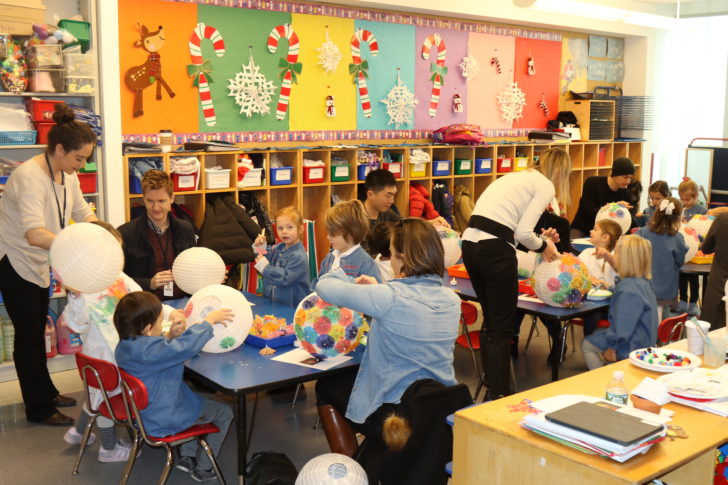 Our Day of Understanding was the result of many years of work and reflection about how we understand and teach about diversity in our international context. One would not question the importance of fostering respect and understanding of others in students from their earliest years, but the question of how to go about doing so effectively is much more complex.
Our Day of Understanding was the result of many years of work and reflection about how we understand and teach about diversity in our international context. One would not question the importance of fostering respect and understanding of others in students from their earliest years, but the question of how to go about doing so effectively is much more complex.
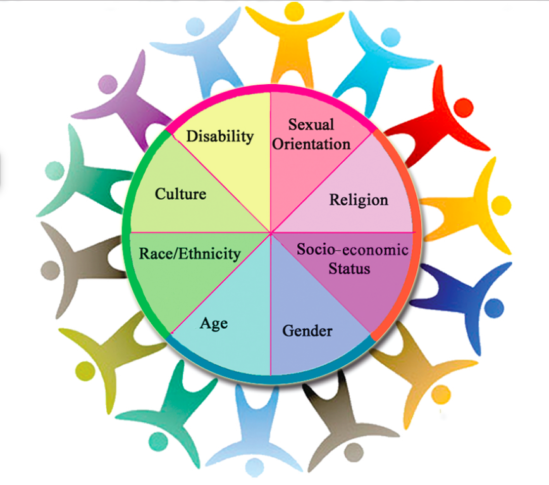
It’s one of the most fascinating questions for a school, as it examines teaching and also how diversity is itself represented among our student body in order to develop the best teaching methods possible.
The paradox of teaching about diversity.
Education and teaching have been traditionally the building blocks of societies. They played an essential role in shaping a community of individuals with a common base of knowledge, traditions and language. A political and social function, education was meant to give individuals a sense of belonging, as well as shared ideas and values.
The idea that each student, each person being taught, each “subject of our teaching”, has a singular identity and that together these identities form a plurality of people is essential in thinking about teaching diversity. Perhaps paradoxically, teaching diversity must take into account a student’s individuality within her or his social and educational setting, while encouraging them to find commonalities among each other each.
Given the many cultures and backgrounds present in our community of students, it was quite a challenge for us to create a substantive, high-quality program. Effectively tapping our own cultural diversity and also taking great care to nurture it effectively led us to work with the renowned Tanenbaum Center for Interreligious Understanding, and to base our program on Tanenbaum’s seven principles of inclusive education.
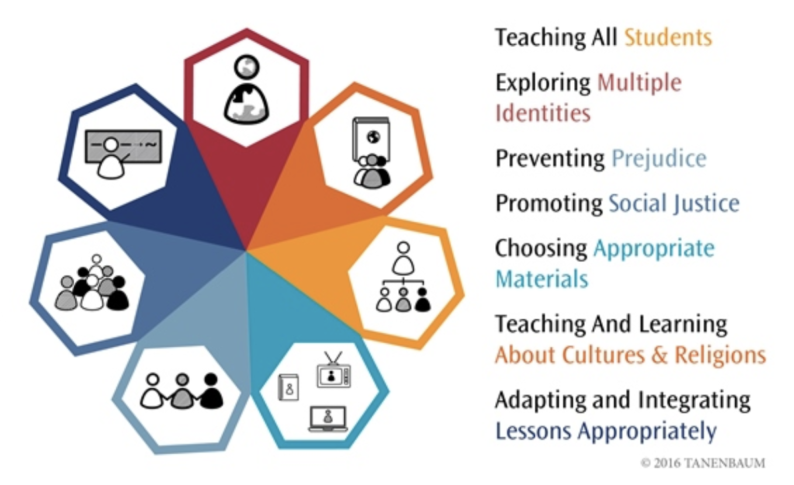
As we began to create a program on the topic of diversity, we asked ourselves a number of questions:
- How do we teach the concepts of the “shared” and the “different,” the “one” and the “many”, the “self” and the “other”?
- What pedagogical approach should we adopt? Teaching about diversity engages both teacher and student in a particular understanding and approach. Teachers need to de-emphasize their individual points of view and open up to the many perspectives that exist within a culturally diverse community, including all the affects, representations, and values that go along with them.
It requires a true comprehensive approach in the etymological sense : to take together (cum-prehendere). It hinges on our ability to fully grasp the reasoning of others, their way of thinking, acting, sensing, emoting and to integrate that into our own points of reference. It rests on the characteristic that human beings share to try to understand the signals another sends, to grasp their motives, and how they interact with the world around them.
Social and emotional learning (SEL), or what we call emotional intelligence, rests on the development of competencies linked to learning and understanding diversity as a “biographical challenge.” It starts from an awareness and acceptance of oneself as an individual, and extends to include the integration of others and their differences. Tremendous intellectual flexibility, cultural fluency and empathy are required on the part of teachers.
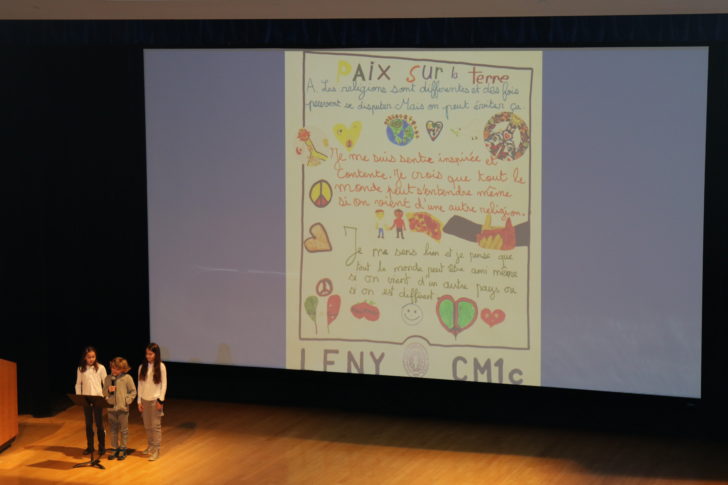 At the Lycée Français de New York, teaching understanding is essential in order to form citizens who are conscious and proud of their individual identities and also capable of empathy and compassion, citizens with a sense of justice who will fight for a society where prejudice and stereotypes have no place — citizens of the world, enlightened, accomplished and positive.
At the Lycée Français de New York, teaching understanding is essential in order to form citizens who are conscious and proud of their individual identities and also capable of empathy and compassion, citizens with a sense of justice who will fight for a society where prejudice and stereotypes have no place — citizens of the world, enlightened, accomplished and positive.
That’s what we wanted to affirm, and will continue to do so during our annual Day of Understanding and throughout the year.
About the Author :
Vannina Boussouf grew up on the Mediterranean island of Corsica, where bilingualism is an integral part of identity. She studied English and Spanish at the University of Corsica, and philology and letters in Cordoba, Spain, before starting a career as an elementary teacher and administrator. Vannina relocated to the United States in 2004, where she taught at the International School in Louisiana. She joined the Lycée in 2007 to direct the Primary School, and during her tenure, she has focused on innovative teaching methods that support the development of the whole child in a bilingual setting.

